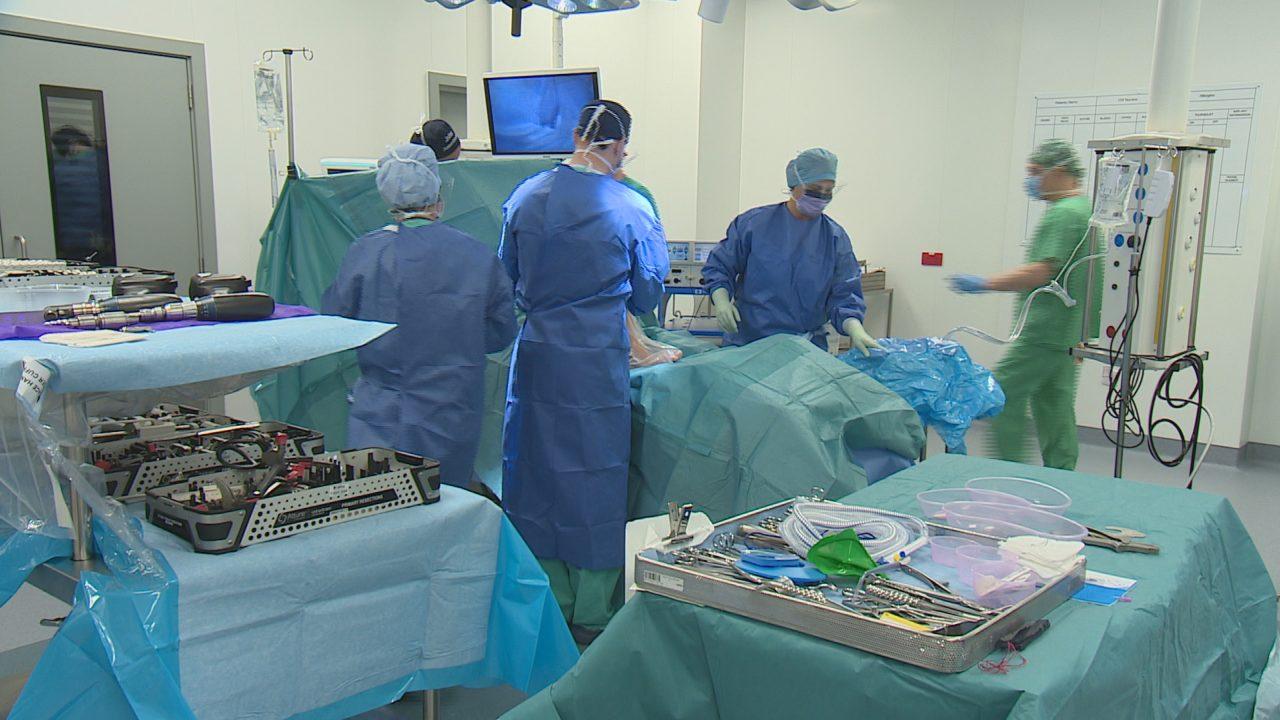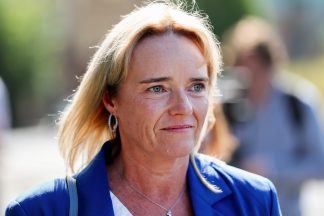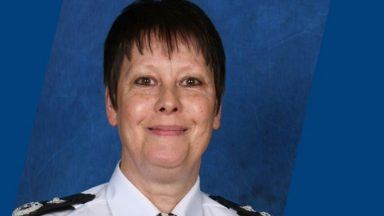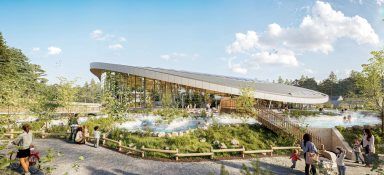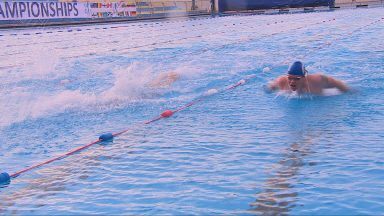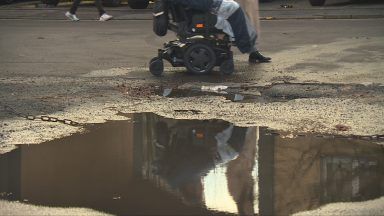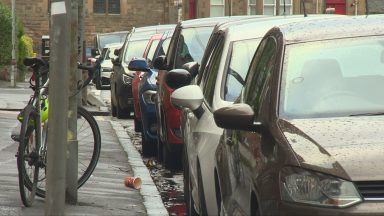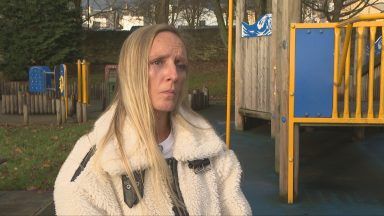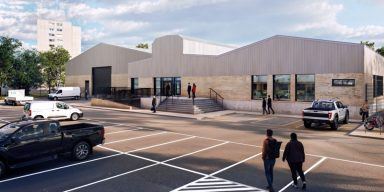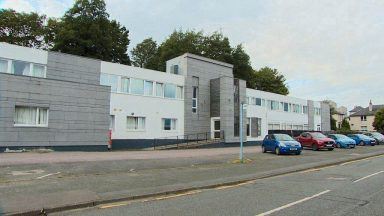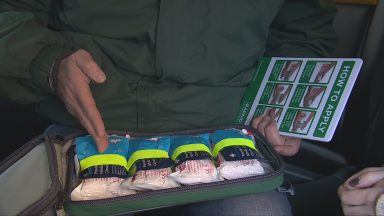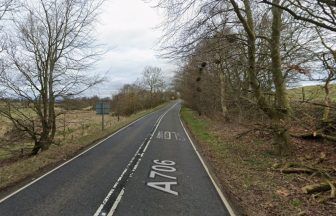Health boards are turning to weekend surgeries to reduce long waits as Scotland’s plans for a network of treatment centres are delayed due to funding issues.
Across the country, health boards are still struggling to balance emergency care and restoring routine operations, with thousands of patients waiting months and even years for treatment.
New figures from Public Health Scotland show that while almost 25,000 planned operations were carried out in August, around 2,000 of those were cancelled – the number of procedures remain below pre-pandemic levels.
A number of health boards have introduced weekend working as a way of easing the pressure.
At the National Treatment Centre in Fife, Kirkcaldy, the seven-day model has been in place since it opened.
Unions say weekend surgeries and clinics “play a role” in reducing the backlog, but that it cannot be expected that this extra capacity at weekends is routinely delivered – adding measure must be matched by long-term investment and not reliant on goodwill of staff.
‘I’ve waited 14 months – I’m very keen to get it done’
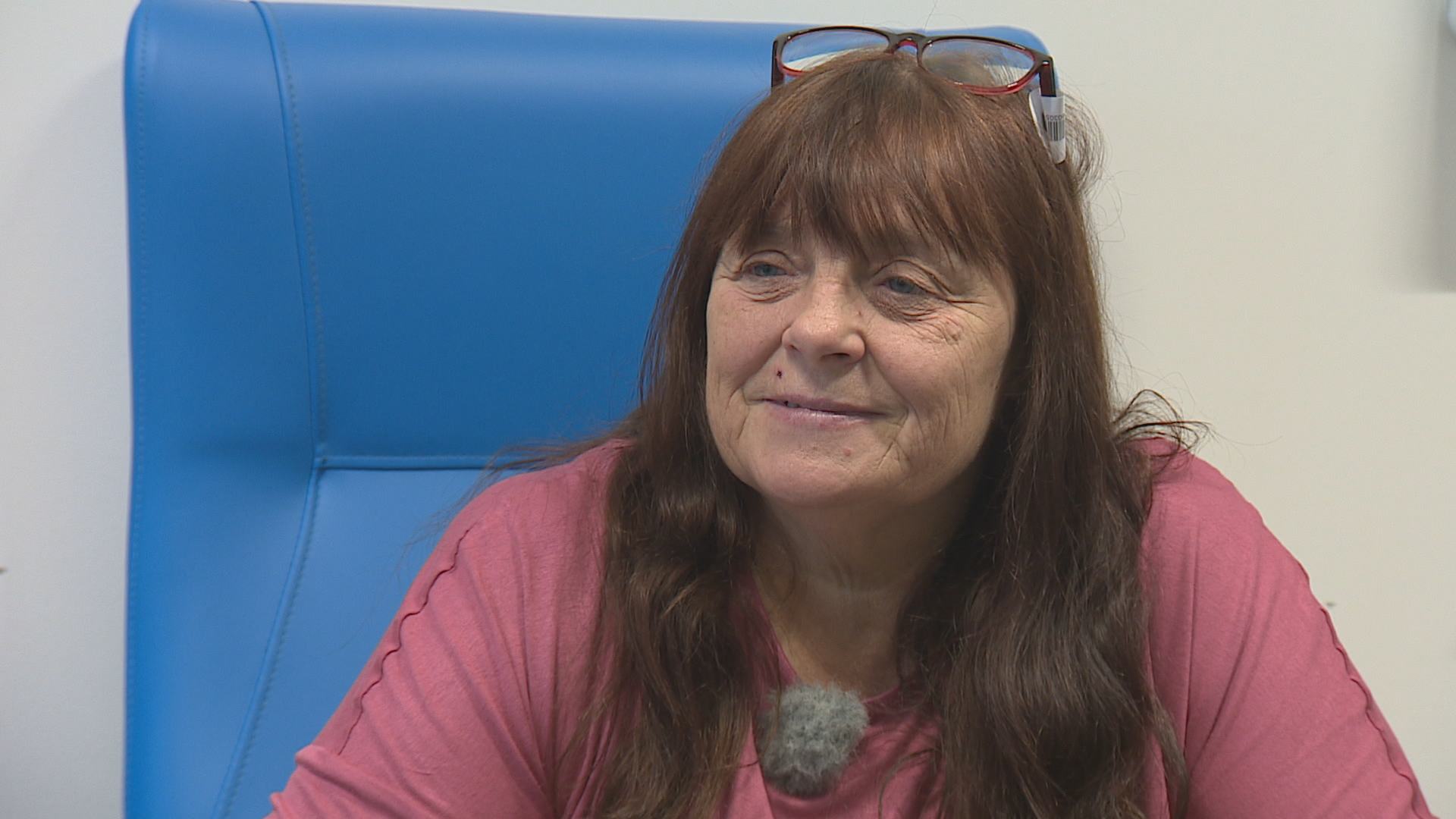 STV News
STV NewsFife’s National Treatment Centre, a standalone unit beside Victoria Hospital in Kirkcaldy, focuses solely on orthopaedics.
The NTC’s theatres, beds and staff are ring-fenced for scheduled procedures, with around a third of its operating time used to help other health boards.
Among Saturday’s patients was carer Gillian Collins from Glenrothes, waiting for knee replacement surgery – the first of four procedures for the day’s surgical team.
“I’m nervous, scared, all at the same time,” she said. “But I’m very keen to get it done.”
Gillian previously received injections before her GP referred her for surgery 14 months ago.
“My knee kept dislocating – it’s very painful,” she said. “The last scan, they said I didn’t have cartilage left. Anything I do is done painfully. I’m sore all the time and sometimes it gives out.”
“It’s deteriorated over the last couple of months – this is the right time now. I just need to get on with it. I want to be on my feet as quickly as possible. I want to be driving again.”
‘We wouldn’t achieve target without weekend working’
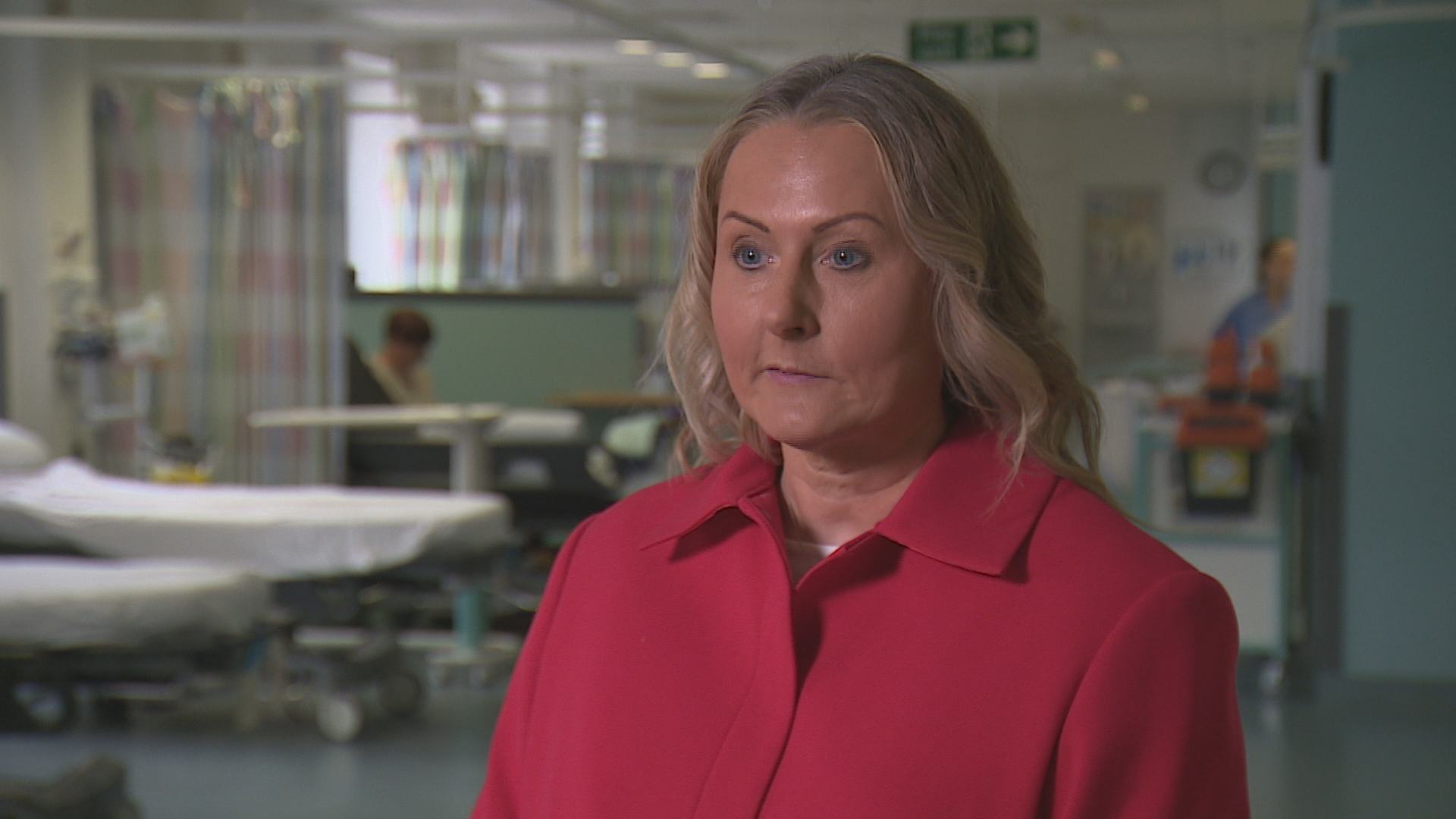 STV News
STV NewsMiriam Watts, general manager of the surgical directorate at NHS Fife, said weekend sessions have been crucial to tackling backlogs.
“We use our weekend time to manage the waiting times we’ve got. That allows us to focus on specific specialties and make progress using the manpower we have available.”
She said emergency work continues seven days a week, while elective weekend operations have included orthopaedics and urology, with ENT, ophthalmology and paediatrics scheduled later in the year.
“Without weekend working, we wouldn’t be able to achieve that in the week,” Miriam said. “It’s extremely beneficial to be able to take in extra lists and treat patients in time.”
Weekend shifts are voluntary for most staff, although in some services such as the NTC, they form part of normal rotas.
“It’s very dependent on funding,” she said. “If funding is recurring, we recruit permanent posts. If it’s for a financial year, we manage with staff working optional extra hours.”
Miriam said Fife benefits from having Queen Margaret Hospital in Dunfermline, which is protected from winter bed pressures and well suited to day surgery.
“A lot of procedures which once required an overnight stay now no longer do,” she said. “That model is very effective, and last winter we saw extremely low levels of cancellations because we were able to use Queen Margaret Hospital and the NTC.”
Seven major operations were carried out over the weekend, including hysterectomies, as part of efforts to bring waiting times under 52 weeks.
“We’re focusing on the longest waits first,” Miriam said. “Our aim is that by the end of March, no patient will be waiting more than a year.”
‘I was left in agony waiting for an ambulance’
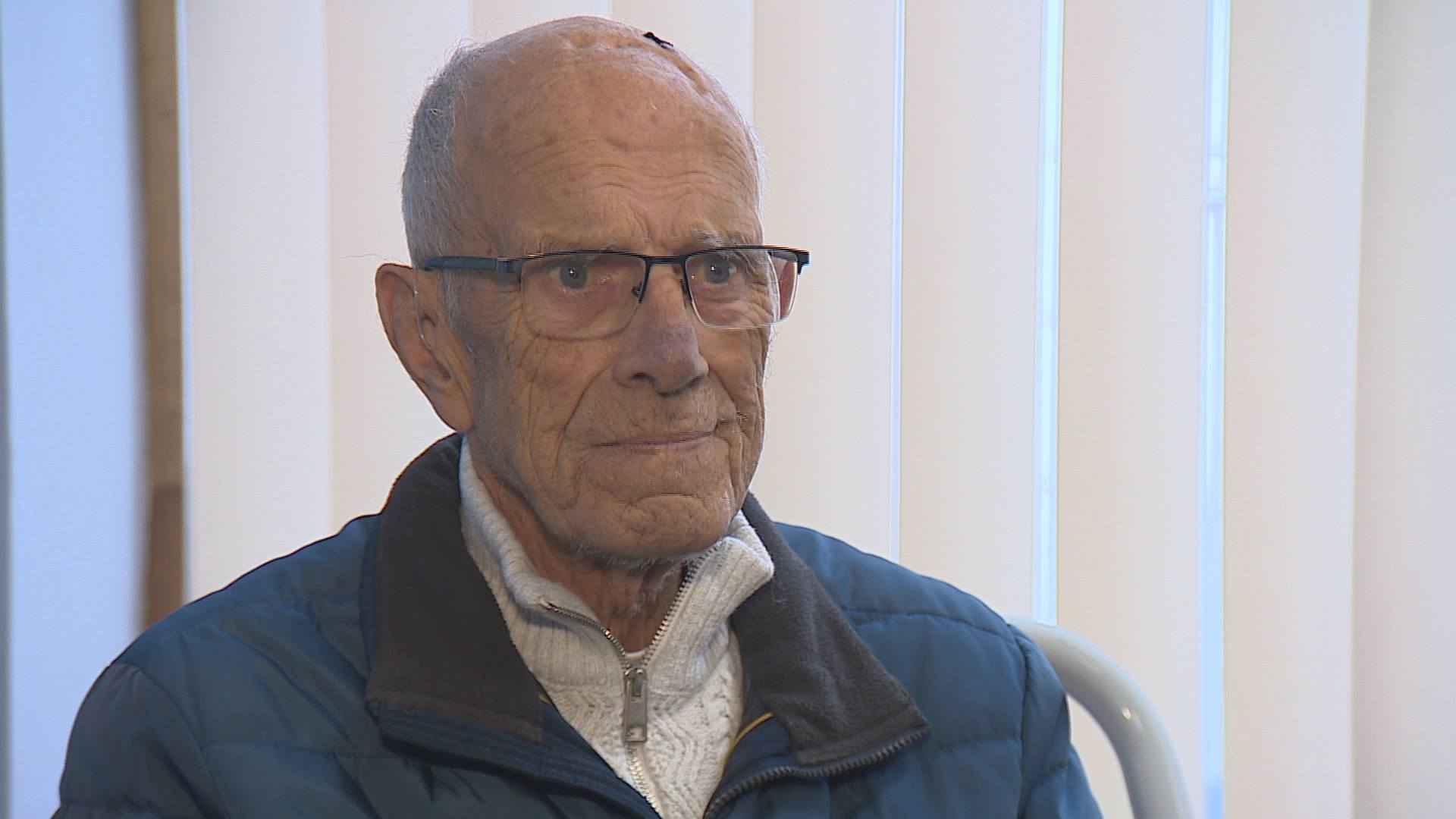 STV News
STV NewsOn Saturday morning in Kirkcaldy’s Victoria Hospital, 82-year-old Ian Duffy from Glenrothes was waiting for an ultrasound – just two days after being discharged as an outpatient.
This time, it was a planned visit. Last month, though, he was rushed into hospital after breaking his femur in a fall outside his home.
Ian said he waited ten hours for an ambulance, then another four hours in the vehicle outside hospital before being admitted.
“I was in agony the whole time,” he said. “I’ve had a rough time with this. I took the opportunity to get it over with.”
Despite his experiences, Ian described staff as “brilliant” and helped manage his pain. Now being at home and cared for by his family, he admitted to feeling anxious ahead of his scan.
“I just feel a wee bit upset. I get worried they’ll say they have to take me in and keep me and I don’t want that. I just want to go home.”
‘We rely on staff goodwill to deliver every week’
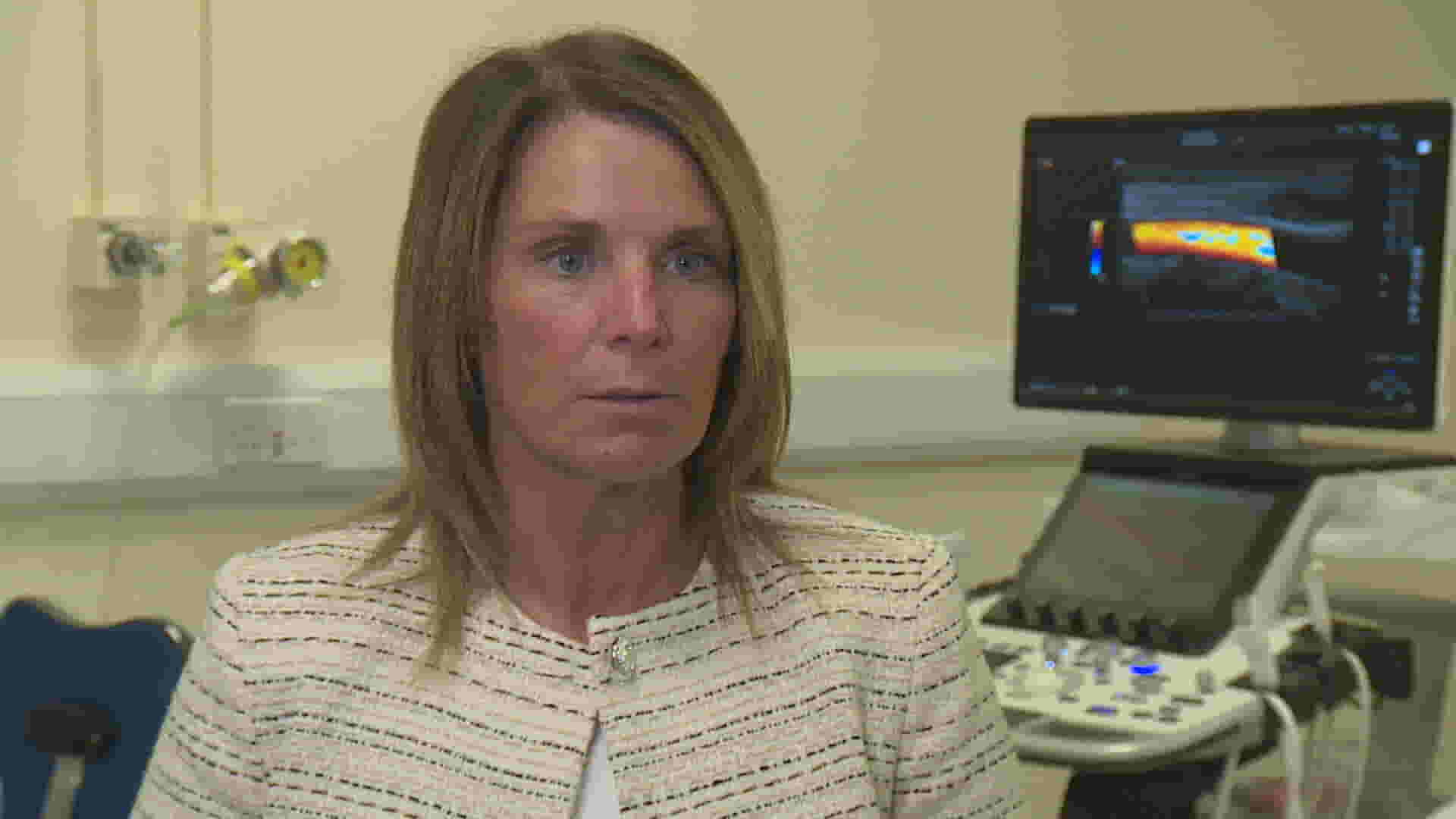 STV News
STV NewsJane Anderson, general manager of Women’s and Children’s Clinical Services at NHS Fife, said nearly 900 patients are expected over weekends this month for diagnostic imaging tests.
She said around 90% of patients are being seen within six weeks, up from 70% in April.
“Investment in services has allowed an opportunity for real transformational change,” she said. “We hope to develop a seven-day model and embed that into the practice, where it becomes the norm.
“We do rely on the goodwill of our staff – that’s a dedicated, committed workforce in the short term to deliver these waiting list initiatives.
“From our administration, radiographers, healthcare support workers, and radiologists – it is a real team effort to deliver this on a weekly basis.”
She added: “Staff are very focused on patient care. They go above and beyond to provide that service for that patient.”
Despite challenges, new statistics show that overall, the number of operations taking place across the NHS increased by 3.1% compared to the same time last year, hitting 24,750 in August.
This follows a five-year high in July, when 23,470 operations were carried out – the highest figure since February 2020, before the pandemic began.
However, the strain on the system persists. More than 2,000 planned operations were cancelled the day before or on the day the patient was meant to be treated in August.
How other health boards fared last weekend
To meet these targets, health boards across Scotland are increasingly utilising weekend clinics to treat long-waiting patients in addition to emergency work.
During the weekend of October 4–5, NHS Forth Valley performed 12 extra operations.
NHS Highland completed five operations and 34 diagnostic scans over October 4–5, following a total of 112 operations and 188 diagnostic scans (Ultrasound and CT) in September.
NHS Grampian was forced to suspend planned surgery due to contaminated equipment, but the health board averages around 25 operations every weekend.
Other health boards told STV News they could not provide last weekend’s statistics.
Unions say NHS ‘already stretched to breaking point’
However, doctors’ and nurses’ leaders warned that such initiatives must be sustainable.
Dr Iain Kennedy, chair of BMA Scotland, said while weekend clinics could help, they should not rely on overstretched staff.
“When there are already not enough doctors to even meet current demand, it cannot be expected that extra capacity at weekends can somehow be routinely delivered,” he said. “Expecting doctors who are already stretched to near breaking point to deliver more will do nothing to help keep them working in the NHS or attract new recruits.”
Professor Rowan Parks, president of the Royal College of Surgeons in Edinburgh, agreed.
“Conducting planned surgeries over the weekend can be a beneficial way of increasing the number of patients treated. However, it’s important to recognise this as a relatively short-term solution that does not address deeper issues like workforce and capacity shortages within the NHS.”
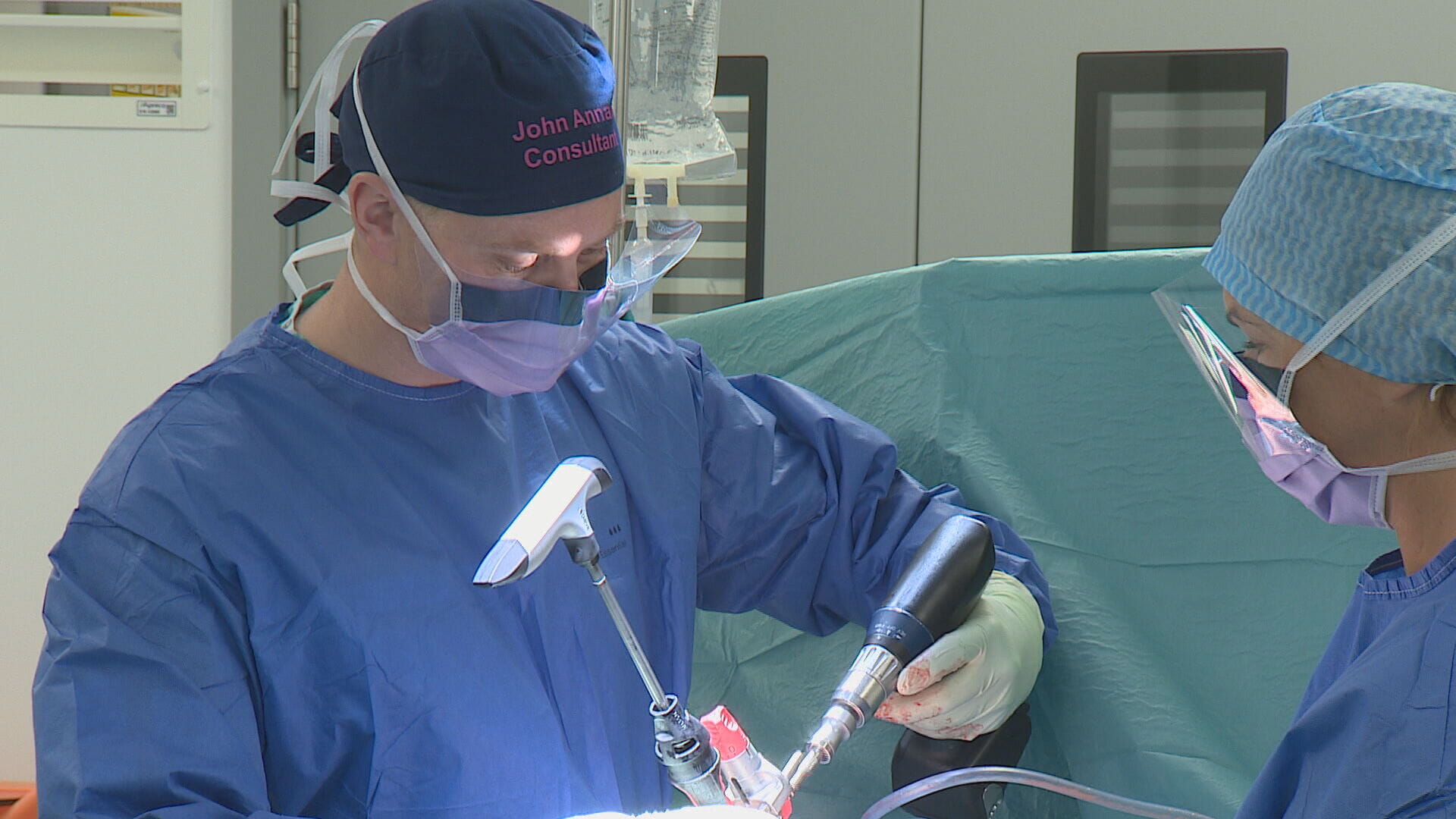 STV News
STV NewsColin Poolman, executive director of RCN Scotland, said extra weekend capacity must be matched by investment in staffing.
“Weekend clinics could play a role in reducing the backlog, but these must be matched by investment in staffing and not rely on the goodwill of nursing staff working additional hours,” he said.
He warned that without addressing underlying staffing and capacity shortages, “initiatives to address waiting times will be destined to fail.”
Ten national treatment centres were proposed – only five are currently open due to a pause on capital spending.
Health secretary Neil Gray insists progress is still being made, even with a funding pause in place.
“We’re still seeing investment going into Gartnavel, Perth Royal Infirmary and other sites to make sure we are optimising that elective capacity in protected sites. We’re seeing the flow happening within our NTCs, like Fife, Highland, Forth Valley – it’s really started to make that difference.
“We’re still facing too many people waiting too long, which is why we got the commitment to drive down long waits and see nobody wait beyond 52 weeks.
“We need to balance giving our staff and patients the gift of getting through the backlog and also managing pressure on staff, who could well suffer from burnout because we’re asking them to work evening and weekend longer clinic times. That balanced has to be finely struck by individual boards and working on a regional basis to make sure we’re optimising capacity in the system and making sure it’s sustainable.”
Follow STV News on WhatsApp
Scan the QR code on your mobile device for all the latest news from around the country


